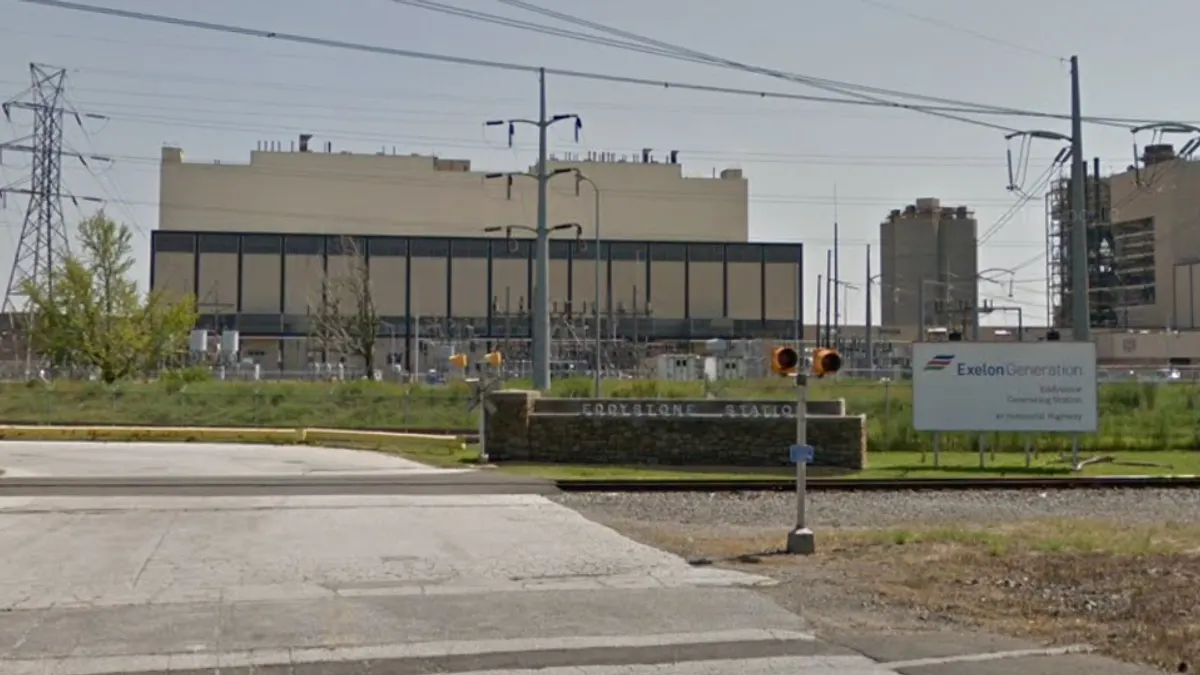Dive Brief:
- Global battery prices for electric vehicles and storage are expected to rise slightly this year, to an average of $135/kWh, due to supply chain issues and the rising cost of metals like lithium, cobalt and nickel, according to a July 5 report from BloombergNEF.
- The higher prices could slow the adoption of EVs globally, said Kwasi Ampofo, BNEF head of metals and mining and a co-author of the report. “Our EV adoption model relies heavily on electric vehicles becoming cheaper than internal combustion engines,” Ampofo said. The firm now expects price parity between the two types of vehicles to be reached in 2026, rather than 2023.
- Inflation is also impacting generation, according to BNEF data. The cost to build new onshore wind facilities has risen 7% year-over-year and fixed-axis solar prices have jumped 14%, according to separate research published June 30.
Dive Insight:
Battery prices have been declining for more than a decade, but global events, inflation and supply constraints have — at least temporarily — reversed the slide, according to BNEF’s analysis.
“This would be the first increase since 2010,” according to a summary of BNEF’s Battery Metals Outlook for the first half of 2022.
“Undeterred by higher prices, demand for battery metals is forecast to reach 4.8 million metric tons this year, up 28% from a year earlier,” the summary said.
Battery metals production capacity was declining before the global pandemic, Ampofo said, and Covid-19 exacerbated the issue. Some marginal capacity is expected to come online this year “but there’s still not enough to offset the growth we’ve seen in demand,” he said.
The resulting price increase is expected to be slight, up from $132/kWh in 2021, but the impacts could be significant. Auto manufacturers will raise prices and it will take longer for EVs to be price-competitive with gas-powered vehicles, said Ampofo.
EV sales are accelerating globally and could triple between 2021 and 2025, BNEF said last month. But the higher prices create a “growing risk that the transition is not an equitable one, and that many economies miss out on the benefits of better air quality and new investment.”
Beyond China, Europe and the U.S., EV adoption rates are flat, said Ampofo.
“The magic number we put on that is $100/kWh,” said Ampofo, referring to the point at which EVs will reach price-parity with gas-powered vehicles. “Then you will see really high adoption rates. You’re going to see it quite incredible, and much more spread out in terms of adoption.”
Inflation is also hitting generation, driven by increasing material costs, freight, fuel and labor, according to the research firm. BNEF estimates the global levelized cost of energy for utility-scale solar and onshore wind ticked upwards in the first half of this year, to $45 and $46/MWh, respectively.
The slightly higher prices still represent cost reductions of 86% for solar and 46% for wind in nominal terms since 2010, BNEF noted.
“Despite temporary cost rises for renewables, the gap to fossil fuel power generation continues to widen due to fuel and carbon prices rising even faster,” the analysis said. “New-build onshore wind and solar projects are now around 40% lower than BNEF’s global benchmarks for new coal- and gas-fired power.”














